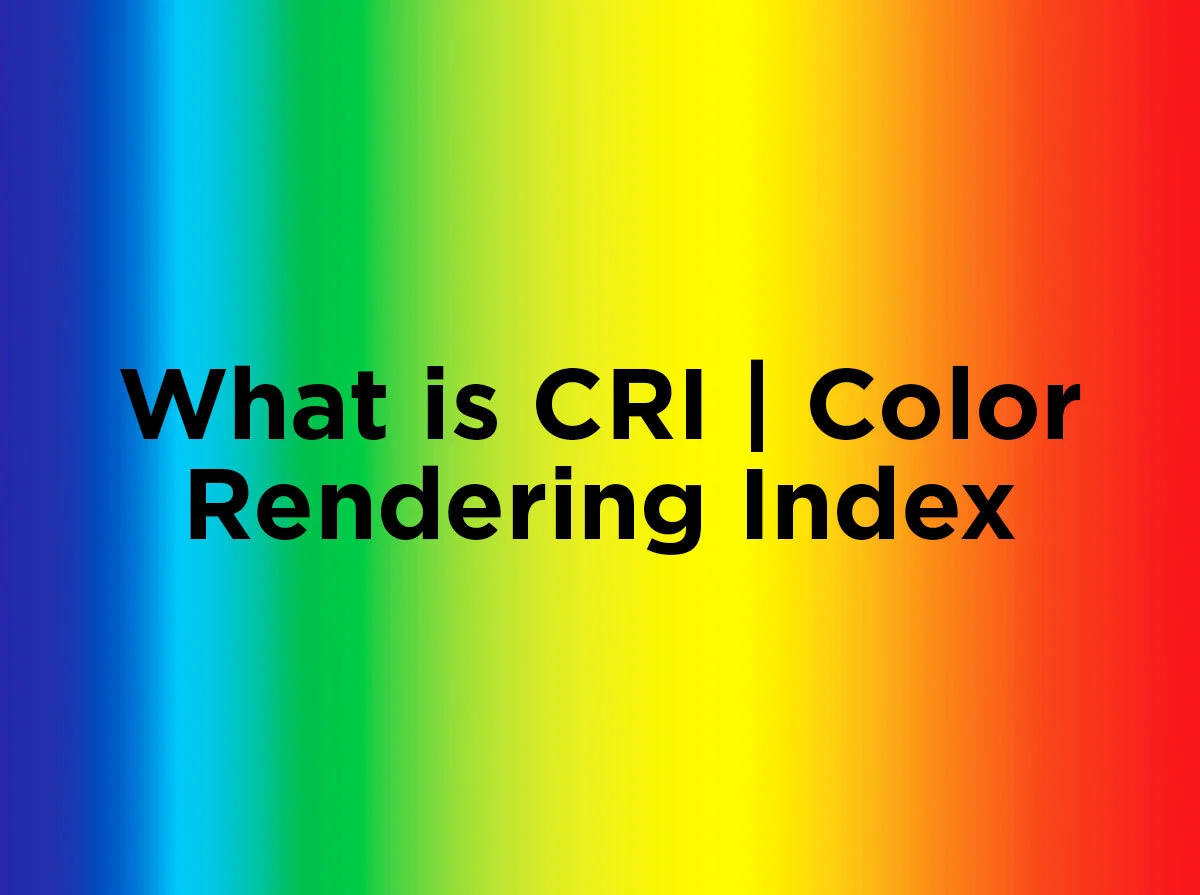What is Metamerism?
Color-changing shirts, walls that change color under new lights, and colors in a photograph that don’t match what you see in the room are all examples of metamerism. Metamerism is when two colors that are not actually the same (they reflect different wavelengths of light) appear the same under certain lighting conditions. Colors that match under some lights but not others are called metamers. These subjective color matches are most common in near neutral or dark colors, and are problematic when it comes to purchasing clothing or painting a room. But how does metamerism work? Is it measured? And how can you avoid a mismatched set of clothes when buying in-store?
What Causes the Color Change?
People see colors when elements of the eye are stimulated by certain wavelengths of light. These wavelengths are reflected by the pigmentation of objects. When light hits an object, certain wavelengths (responsible for certain colors) are absorbed while others are reflected. The reflected wavelengths are what we see and understand as a color. This entire process is based on three different things: reflectivity of a substance (which wavelengths bounce back), light source (which wavelengths are output by the source to begin with), and which colors can be perceived by your eyes.
For example, a light source inside a retail store emits only blue and red wavelengths, and natural light outside emits red, blue, and green wavelengths; how would this affect what a green shirt looks like? (For the record, the retail light would look purple, so this is an exaggerated example). In the store, the shirt absorbs blue and red wavelengths, and no light is reflected so the shirt appears black. When you take the shirt back outside, it is exposed to all three wavelengths. Red and blue are absorbed under the natural light, but the additional green wavelength is reflected and picked up by your sight; so outside, the shirt is green.
The lights used in department stores are, of course, nowhere near as polarized as the example above. Instead, each light source has a variant of white (comprised of all colors in the visible spectrum) light. As you can see from the spectra chart on the left, LEDs, incandescents, and natural sunlight all emit different wavelengths. Metamers will look one color under an incandescent source, then change to a different color under an LED source. This is why you can purchase a full change of clothes that are all matching colors, only to discover that they’re all very different shades outside.
Metamerism vs. Color Rendering
The basic difference between the Color Rendering Index(CRI) and the Metamerism Index (MI) is perspective. CRI is a comparative evaluation of how well a light source renders a set color compared to a reference light source. This is done using a limited set of exact colors, meaning some metamers are easily overlooked. MI uses an appearance model approach, where the rating is based on the perception of human color vision and how well that is portrayed to the wavelength properties of the object. While CRI is effective at showing which bulbs are better than others at rendering colors, those colors will not necessarily be as accurate as they should be, since CRI does not take into account the differences in reflection of certain dyes or the stimulus range of human color vision. The metamerism index is more of an industrial standard, so it appears on pigmentations and illuminated objects, rather than the light sources themselves.
How Can I Account for Metamerism?
MI is not listed on the lamps you buy, and we walk through a mix of incandescent, CFL, and LED light bulbs on a daily basis (not to mention natural light). So what can you do to ensure you get the colors you’re looking for? The simplest method is to treat any color-sensitive purchases the same way you treat paint matching for indoor rooms.
Take a color swatch or a fabric sample with you into the store, then compare both the retail item and swatch together, being sure to keep both at roughly a 30° angle to the source light.
Compare the item and the color sample (swatch or piece of fabric) in the light of a cool-white fluorescent.
Avoid spotlights, neon signs, and windows when making a comparison.
Different dyes and dye processes can leave a product with characteristics of metamerism. The most likely colors to suffer from metameric characteristics are mauve, lilac, taupe, celadon, tan, greys, and grey/blues. These are the colors you definitely want to compare before purchasing as they’re likely to look different under other light sources.
As a quick reminder, the Metamerism Index (MI) is how colors look to the human eye while the Color Rendering Index (CRI) is a relative measure of a how a light source renders set colors. If you have any other questions, or have your own tricks for dealing with tricky metamers, let us know in the comments below. You should also follow us on Facebook, Twitter, LinkedIn, or Pinterest for tips, news, and updates!







